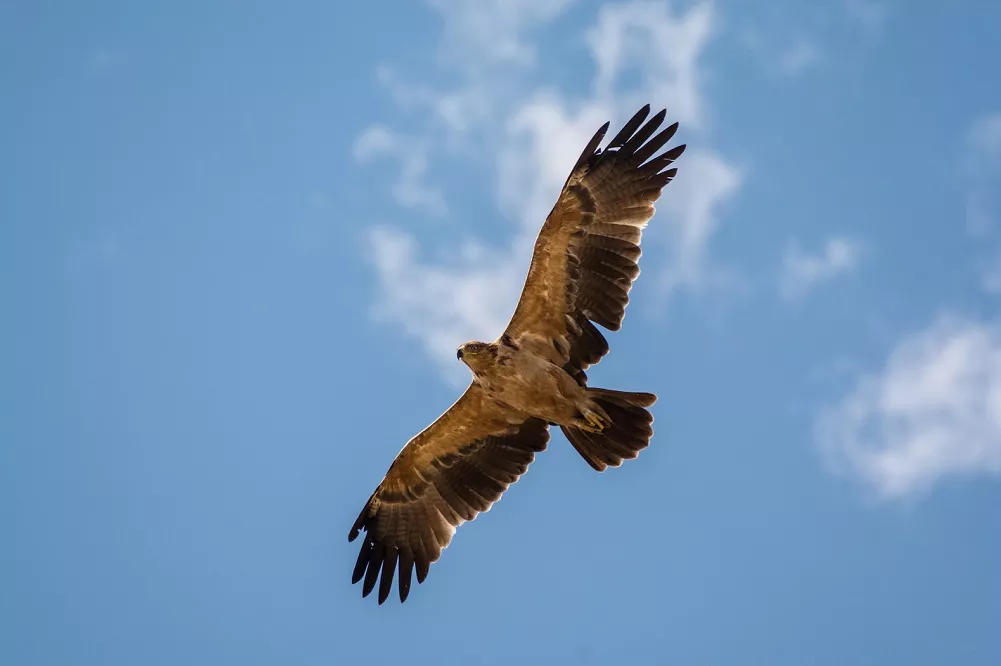Eagles are majestic birds of prey renowned for their exceptional hunting skills and keen eyesight. With over 60 species found across the globe, eagles occupy diverse habitats and display a wide range of dietary preferences. This article aims to delve into the fascinating world of eagle feeding habits, exploring what eagles like to eat and how their dietary choices contribute to their survival and ecological role.
General Overview of Eagle Diets
Eagles are primarily carnivorous birds, meaning their diets consist primarily of meat. While the specific prey items may vary among species and locations, eagles are known to consume a variety of animals, from small mammals to birds and fish. Their dietary choices are shaped by a combination of factors, including habitat availability, prey abundance, and the unique adaptations of each species.
Primary Food Sources
1. Fish:
Aquatic environments offer abundant food sources for many eagle species. Fishing eagles, such as the Bald Eagle (Haliaeetus leucocephalus) and the African Fish Eagle (Haliaeetus vocifer), primarily feed on fish. They can spot fish from high altitudes and swoop down to snatch them with their sharp talons.
2. Birds:
Eagles also prey on a variety of bird species, ranging from waterfowl to small birds. The Golden Eagle (Aquila chrysaetos) is known to target larger birds like ducks, geese, and herons. They employ swift and agile aerial attacks to catch their avian prey.
3. Mammals:
Many eagle species show a preference for mammals as a food source. This includes rodents, rabbits, hares, and in some cases, larger mammals like foxes or young deer. The Harpy Eagle (Harpia harpyja) of Central and South America, for instance, is famous for preying on sloths and monkeys.
4. Reptiles:
Eagles are opportunistic hunters and do not shy away from preying on reptiles. Snakes, lizards, and turtles may all form part of an eagle’s diet. The African Crowned Eagle (Stephanoaetus coronatus) has been observed capturing monitor lizards and other large reptiles.
Scavenging Behavior
Eagles are not solely active hunters; they also exhibit scavenging behavior. They feed on carrion, thereby playing a vital role as nature’s cleanup crew. This scavenging behavior helps maintain the ecological balance by preventing disease spread from decaying carcasses.
Feeding Adaptations
Eagles possess several adaptations that aid their hunting and feeding methods. Their sharp, curved beaks are designed to tear flesh, while their strong talons enable them to grasp and carry prey. Additionally, their exceptional eyesight allows them to spot potential prey from great distances, giving them a significant advantage during hunting.
Geographic Variations
The dietary preferences of eagles can vary depending on their geographic location and habitat. For example, the White-bellied Sea Eagle (Haliaeetus leucogaster) predominantly feeds on fish found in coastal regions, whereas the Steppe Eagle (Aquila nipalensis) in the grasslands of Central Asia primarily hunts small mammals.
Threats and Conservation
Understanding the dietary needs of eagles is crucial for their conservation. Loss of habitat, pollution, and depletion of prey populations pose significant threats to these magnificent birds. Efforts to protect eagle habitats, preserve their food sources, and reduce human-wildlife conflicts are essential for their long-term survival.
Conclusion
Eagles exhibit a diverse range of dietary preferences, reflecting their adaptability and ability to exploit various food sources. From fish to birds, mammals to reptiles, eagles have evolved to occupy ecological niches across different habitats worldwide. Their hunting prowess, combined with scavenging behavior, ensures that they play an integral role in maintaining the delicate balance of ecosystems. To conserve these remarkable birds, it is crucial to protect their habitats, preserve their prey populations, and raise awareness about the importance of their role in the environment. By understanding what eagles like to eat, we can contribute to the conservation efforts aimed at safeguarding their future and preserving the natural heritage they represent.


 Facebook
Facebook  Instagram
Instagram  Youtube
Youtube 